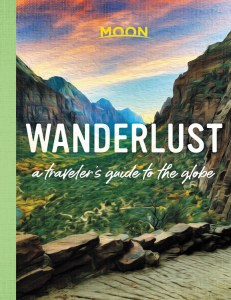Where to Live in Australia
When tourists visit Australia, they tend to head for Sydney or the Great Barrier Reef, maybe to the Outback for a taste of Australian country culture and the opal mines, Uluru (Ayers Rock), or even Kakadu. But visiting a country for leisure and moving to a country to lead your life are completely different. You can explore the continent as much as your free time allows once you’re living here, but first you need to figure out where to live in Australia.
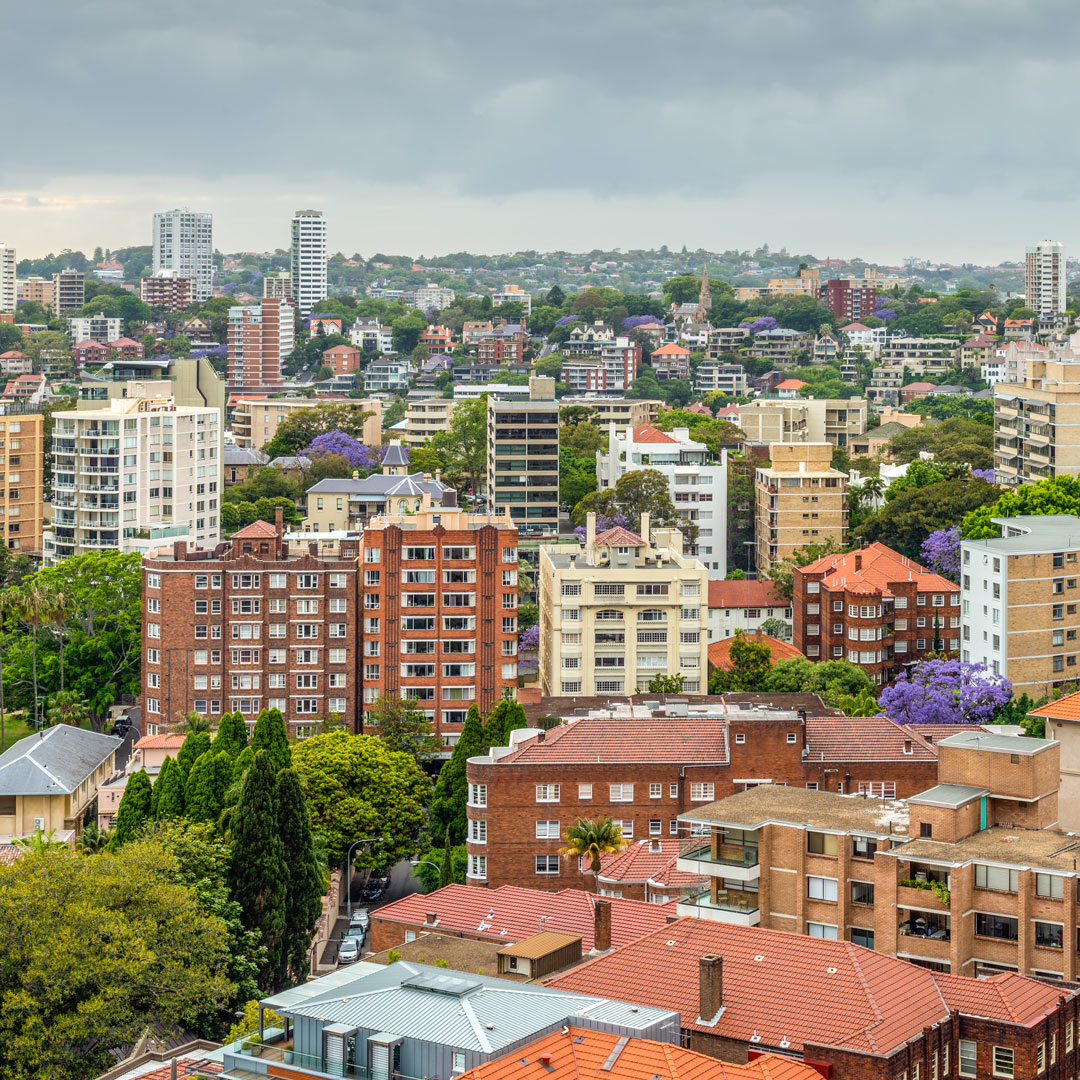
There are six regions where expats and immigrants typically live: the main cities of Sydney and Melbourne, the political capital of Canberra, the leisure capital of Brisbane and the nearby Gold Coast, the southwestern cities of Adelaide and Perth, and Hobart, capital of Tasmania, which offers some of the best landscapes and outdoor pursuits and is the most atmospheric major city. Many expats choose to live in one of these six locations because of the employment opportunities as well as the amenities the cities offer. Also, more than 85 percent of Australians live within 50 kilometers of the coast, which is where all the major cities lie. There are expats who choose to make a living in the Outback, but the most popular expat destinations in Australia are all among these six.
Sydney
The vast majority of immigrants, especially from the United States, end up in Sydney, which has the biggest economy, the most jobs, and the diversity of needs that often require foreign talent. Sydney is the most international city in Australia and takes distinct pride in its diversity as well as in the energy and pace that ethnic diversity brings to city life. Many newcomers come to work in the finance industry and its many related businesses, such as law firms, many of which are based here.
Sydney is the New York of Australia in many respects. It is the financial capital, the population center, the oldest city, and like New York has a famous harbor and architectural landmarks like the Harbour Bridge and the famed opera house. It is the most cosmopolitan of Australian cities and sees itself as a “world city,” a status confirmed by the incredible economic and prestige-gaining success of the 2000 Olympic Games.
Sydney has its critics, especially in other Australian cities, though rarely for its splendid weather and never for its spectacular setting. Residents in other cities feel that their own regions are more typical or authentically Australian, and like New Yorkers, Sydneysiders are thought by people from other parts of Australia to be brash and domineering. It is the most Americanized of Australian cities, and perhaps the most Americanized city outside North America.
Newsletter Signup
By clicking ‘Sign Up,’ I acknowledge that I have read and agree to Hachette Book Group’s Privacy Policy and Terms of Use
Earlier criticisms of Sydney living, which focused on its wretched traffic and the high cost of living, are typical of any bustling major city, but Sydney has gone to considerable lengths to improve its automobile traffic with extensive expressway building. Its public transportation system is also extensive, and many Sydneysiders live without cars, even though Australia has high per-capita car ownership.
Besides its idyllic setting and great weather, the fast-growing and dynamic economy and proximity to the U.S. West Coast are a recipe for strong immigrant interest. It’s overwhelmingly the top choice among immigrants, and roughly one-third of Sydney’s inhabitants were born overseas, far more than in other Australian cities. In fact, more overseas immigrants live in Sydney than the population of cities such as Brisbane, Adelaide, Canberra, and Hobart. No matter how popular Sydney is for tourists, for immigrants it is even more so.
Melbourne
Second only to Sydney is the large metropolis of Melbourne, famously home to a vast population of southern Europeans. It attracts flocks of students and academics who attend some of the country’s most revered learning and research institutions, such as the University of Melbourne and Monash University.
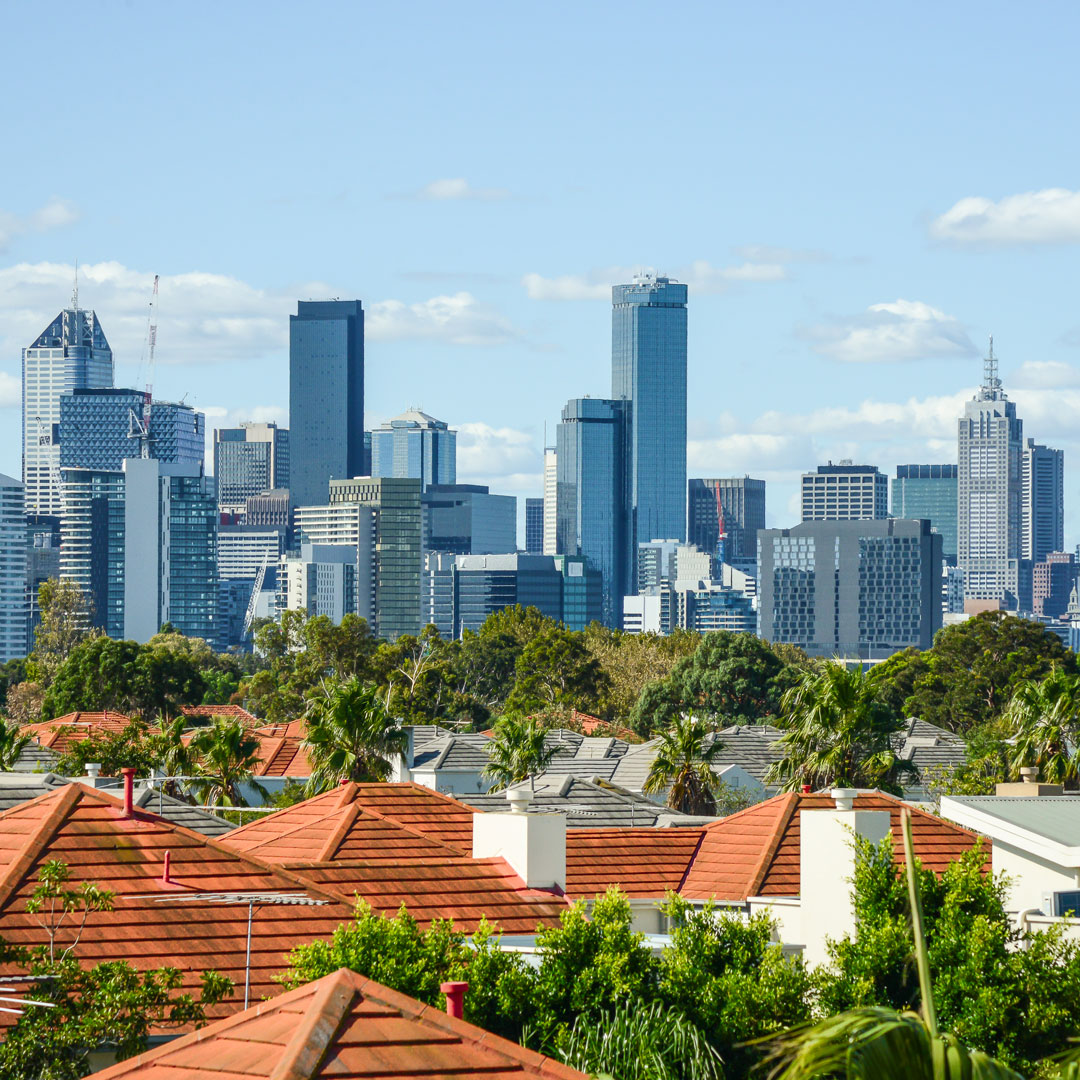
While Melbourne might not quite rival Sydney for the pace of life or financial importance, it is widely considered to be the cultural capital of the country, and academics that can manage a posting to Melbourne University will be happy with the experience. The unique Australian sports culture has also found a home in Melbourne, which is the heartland of Australia’s own Australian Rules football, played in front of huge crowds at venues around the city. There is also the popular Melbourne Cricket Ground, the Formula 1 Grand Prix car race, horse racing, tennis, and more. The city is filled with galleries, museums, music-filled nightclubs, extensive Victorian parks, and well-protected Victorian architecture, especially in the
inner-city suburbs.
Interestingly, for all the attention that Sydney receives, Melbourne has been growing faster than Sydney in population and income since 2000, and Melbourne’s population is nearing that of its larger rival. While Sydney wows visitors with its stunning locale and setting, Melbourne is generally acknowledged to be a better place to live; people are generous, easygoing, and comfortable, drawing newcomers in more slowly but with a tighter grip.
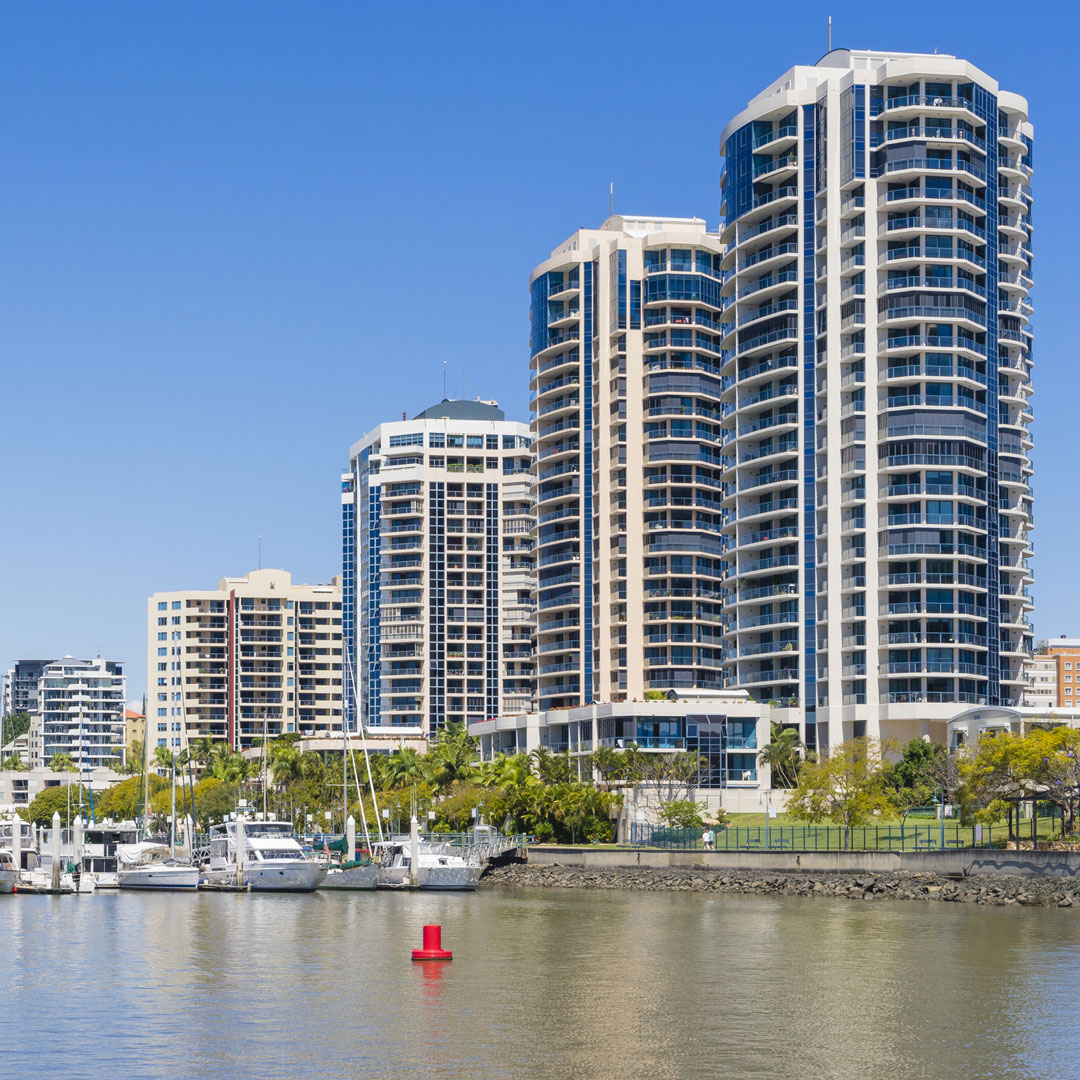
Brisbane and the Queensland Coast
Tourism professionals and retirees tend to focus their immigration search on the tiny strip of land comprising Brisbane and the Gold Coast of Queensland. Tropical weather and massive government investment have produced a swath of resorts, golf courses, and condo complexes that complement the extensive collection of white-sand tropical beaches. The city is also famed as the gateway to the Great Barrier Reef. It is absolutely the number-one destination for retirement relocations and by those seeking a warmer climate or a more laid-back culture.
The region comprises three areas. The attractive city of Brisbane itself has urban dwellers occupying towers along the Brisbane River. To the south is the Gold Coast, the more established beach center but far more commercial, with glistening beachside condo towers that would not be out of place in Florida or Hawaii. The weather is good year-round, and it has better affordability than established markets in the United States, making it a compelling alternative to similar locations in the Northern Hemisphere. To the north is the comparable but lesser known Sunshine Coast, which tends to attract price-takers plus those who want a quieter beachside lifestyle than the bustling Gold Coast provides.
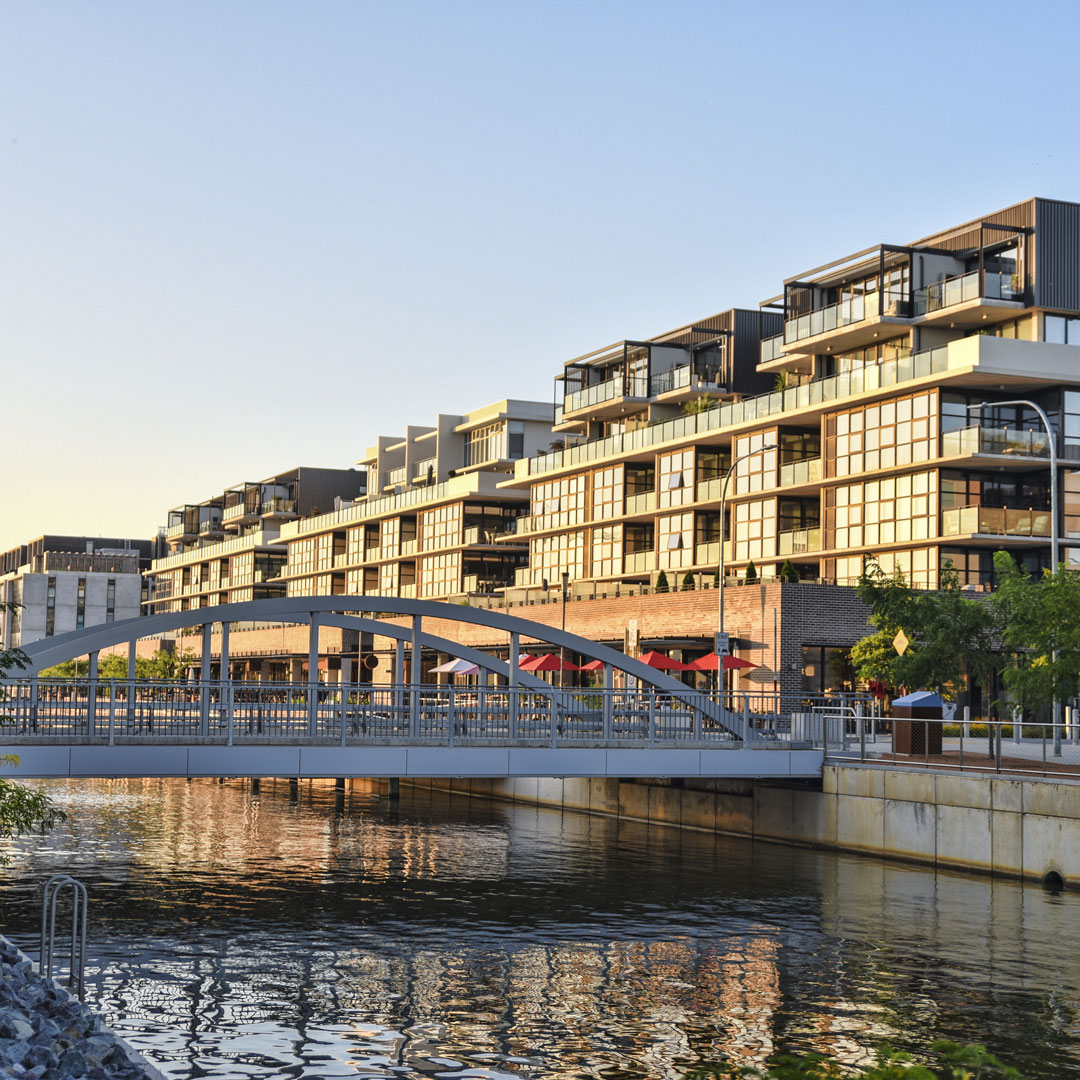
Canberra
Next to Melbourne, the national capital, Canberra, is home base for many newcomers—typically expats more than permanent immigrants—serving in diplomatic posts, attending or teaching at the Australian National University, or working for nongovernmental organizations or lobbying firms based in the capital. Canberra has a population of only 386,000 and is by far the newest of the major Australian urban centers, dating to 1913 with most of its development since World War II.
An old Australian political cartoon features a stern judge pronouncing, “I sentence you to live in Canberra.” But times have changed. Its central planning, lakeside setting, and extensive preservation of bushland and greenbelts have made it one of the greenest and most pastoral of cities. It is the largest Australian city in the bush, rather than on the coast, which gives it distinctive scenery and weather. It also has the best traffic-congestion conditions of any city in Australia.
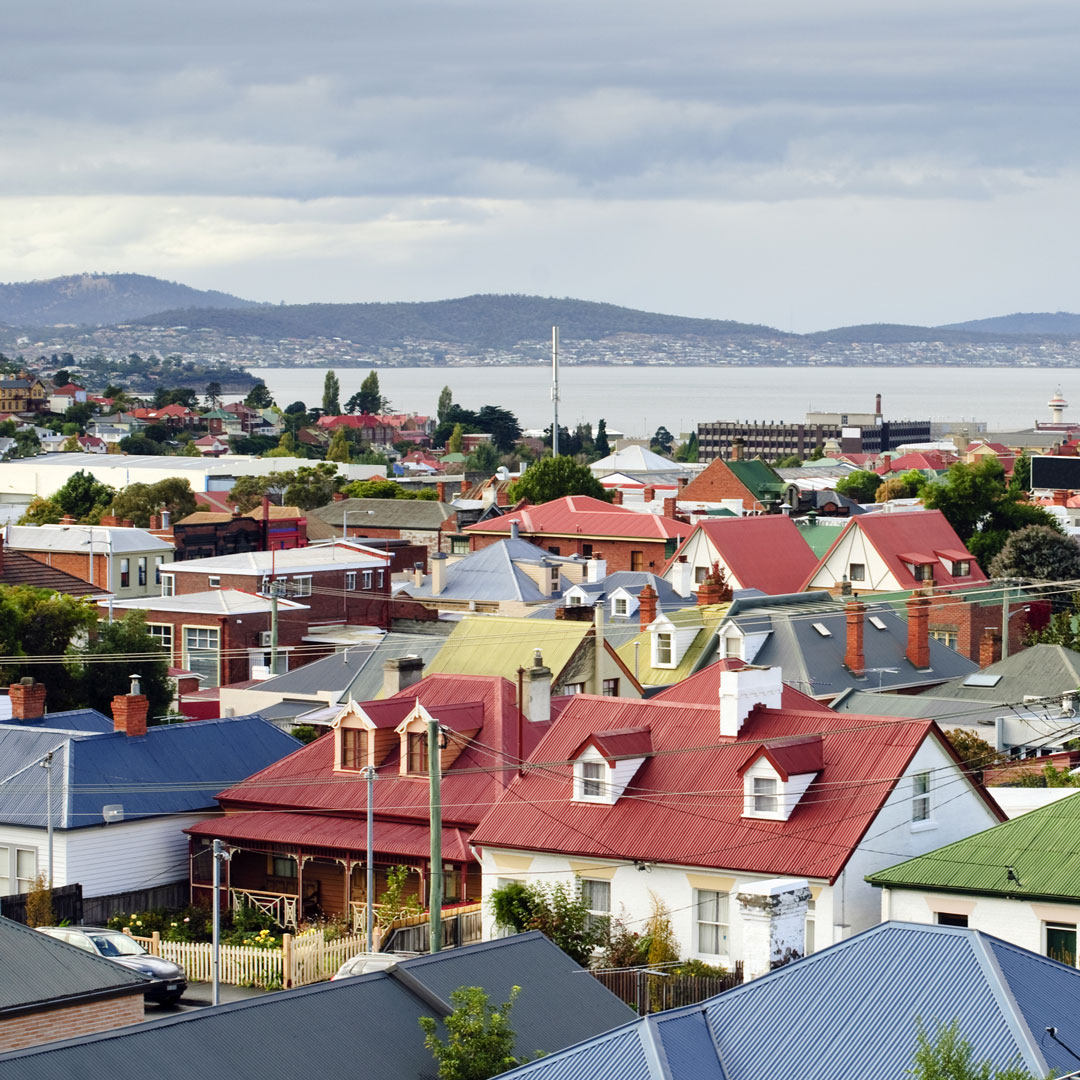
Hobart
Tasmania is a bit like a forgotten cousin when it comes to Australia. Some think it is another country altogether; others just forget to mention that it is indeed an Australian state, and one of its prettiest. A mere one-hour flight or 14-hour overnight ferry ride from Melbourne, Tasmania is a wild isle full of stunning scenery and smaller towns and villages. The capital, Hobart, is the smallest Australian capital city, with a tiny population of just over 200,000. Atmospheric, bustling, and full of restaurants and arts venues, Hobart is popular with visitors, although it must be said, less popular with the permanent population. The island as a whole suffers from an exodus of young and middle-age career-minded residents, who leave to seek employment elsewhere in Australia due to the lack of local opportunities, only to return later to settle or retire.
For expats, unless you will be building your career around outdoor pursuits, relocation is likely to come through industry-specific jobs or academic and scientific work, as Hobart is the outpost for Antarctic research. It is a small island population-wise, and a fair percentage of the residents are either related to one another or at least know each other’s business. If you are accepted into the group, though, and you are not a dedicated city dweller, Hobart and its surroundings can offer some of the best Australian living.
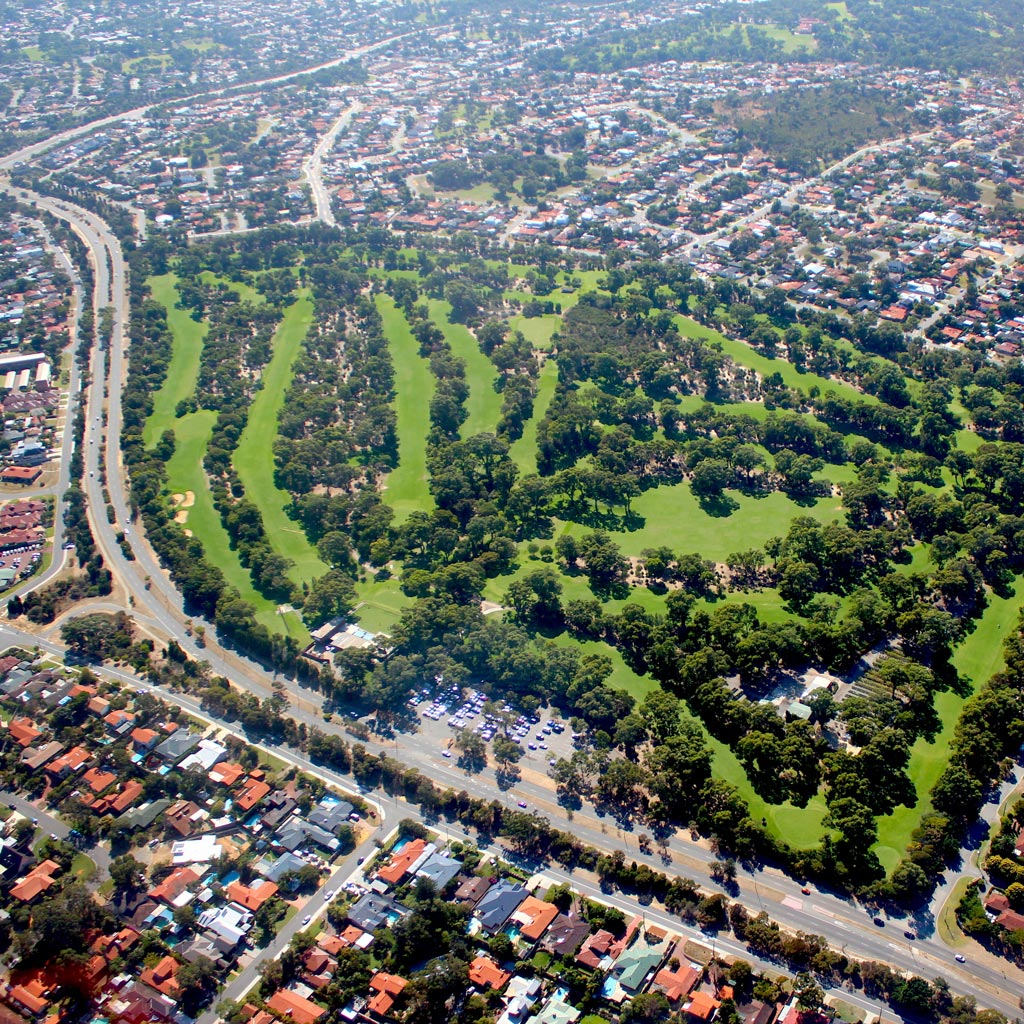
Southwestern Australia
Unlike the other prime living locations, which focus on small and distinct sections of the country, southwestern Australia refers to an enormous section of the country about the size of Texas. In a practical sense, it’s divided between the metropolitan areas of Adelaide and environs in South Australia and Perth, the capital of Western Australia.
As beautiful as the southwest is, and popular with tourists, relocations typically tend to these two cities because of industry-specific job hires or transfers; Adelaide is a major center for the auto industry and the primary center for Australia’s famed wine industry. Perth is home to the mining industry and is a major center for oil and gas exploration.
Adelaide is situated in the south-central region of the country, about 1,000 kilometers northwest of Melbourne, and it is the gateway to the famed Barossa Valley, Australia’s primary wine center. The parklike city has long ago outgrown its original greenbelts, which once served as the city border and now are an inner-city ring, but it remains one of the prettiest urban designs in the country.
Perth, which is popular with UK expats as well as the mining industry, is in the big leagues when it comes to iron, bauxite, and other primary mineral recovery companies. Oil and gas exploration continues to take place offshore, and overall Perth has ridden a resources boom that has made it Australia’s third largest and fastest-growing city, where execs can commute from beachside suburbs to jobs in buildings along the majestic Swan River without the commuting hassle that haunts those who choose Sydney and Melbourne.
Both Adelaide and Perth are highly urbanized cities. More than 70 percent of the population of Western Australia lives in the Perth metropolitan area, and the same ratio holds for Adelaide and the state of South Australia. By contrast, 60 percent of the population of New South Wales lives in Sydney.
Newsletter Signup
By clicking ‘Sign Up,’ I acknowledge that I have read and agree to Hachette Book Group’s Privacy Policy and Terms of Use
Pin For Later


